The Western Australian government today announced it will follow in South Australia’s footsteps, introducing a rule change which will allow network operators to control the output of residential rooftop solars systems installed after February 14, 2022. From this date, all new and upgraded solar PV systems with an inverter capacity of 5kW or less will need to be capable of being remotely turned down or off in emergency situations.
The mechanism would be used as a “last resort” measure when demand for electricity reaches a critically low level and could affect the stability of the South West Interconnected System, Western Australia’s main island grid.
A similar mechanism was first introduced in South Australia in September last year. Like South Australia, Western Australia has some of the world’s highest rooftop solar penetrations, sitting at around 30%.
“The largest combined generator in our state is also actually an unmanaged generator,” South Australian Energy Minister Dan van Holst Pellekaan explained to the Australian Broadcasting Corporation (ABC) in 2020, “and that puts us at very real risk.” Similarly, in Western Australia the energy collectively generated by residential solar panels is more than that produced by the state’s largest power station.
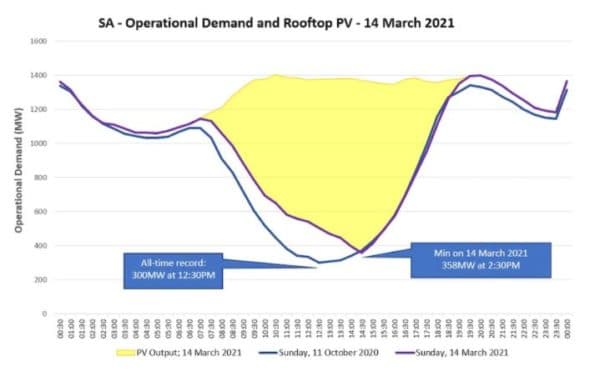
Image: AEMO
Network operators in South Australia pulled their newly-available lever for the first time on March 14 this year, remotely switching off more than 10,000 rooftop solar systems and almost 30 MW of large-scale solar PV when the state experienced “near-record minimum demand levels for electricity from the grid.”
Western Australian networks will soon also have access to this lever, though in its statement today the McGowan government said the measure would only be used in case of emergencies, with power stations to be turned down as a first resort, leaving rooftop residential solar as the last form of energy generation to be impacted.
The measure will not affect homes with existing solar panels, though systems upgraded after February 14, 2022 will have to abide by the new rules. Of course, the new measure will not affect residents’ power supply.
Similar changes to inverter standards may be on the cards for other regions in Australia, with the Australian Electricity Market Operator (AEMO) formally foreshadowing grid-reliability issues in its Renewable Integration Study Stage 1 report released in April, 2020.
The mechanism, according to Western Australia’s government and shared by South Australia, will allow the continued uptake of residential solar without increasing costs. “This new measure means we can continue supporting the uptake of residential solar while ensuring electricity is secure and affordable,” WA Energy Minister Bill Johnston said.
In the information the WA state government has made available online, it says its retailer, Synergy, will be supporting installers to meet these new requirements. The government encouraged installers to register with Synergy to receive updates and details for information sessions and workshops. It is not yet clear whether additional measures next to inverter standards will be introduced to realise the new control capability.
On Thursday, guidelines will be released by the government outlining export limits for systems larger than 5 kW inverter capacity. The state government has provided additional information on the new rules here.
“The Energy Transformation Strategy is planning for a long-term future where rooftop solar, batteries and electric vehicles are at the centre of the WA power system,” Johnston added.
This content is protected by copyright and may not be reused. If you want to cooperate with us and would like to reuse some of our content, please contact: editors@pv-magazine.com.
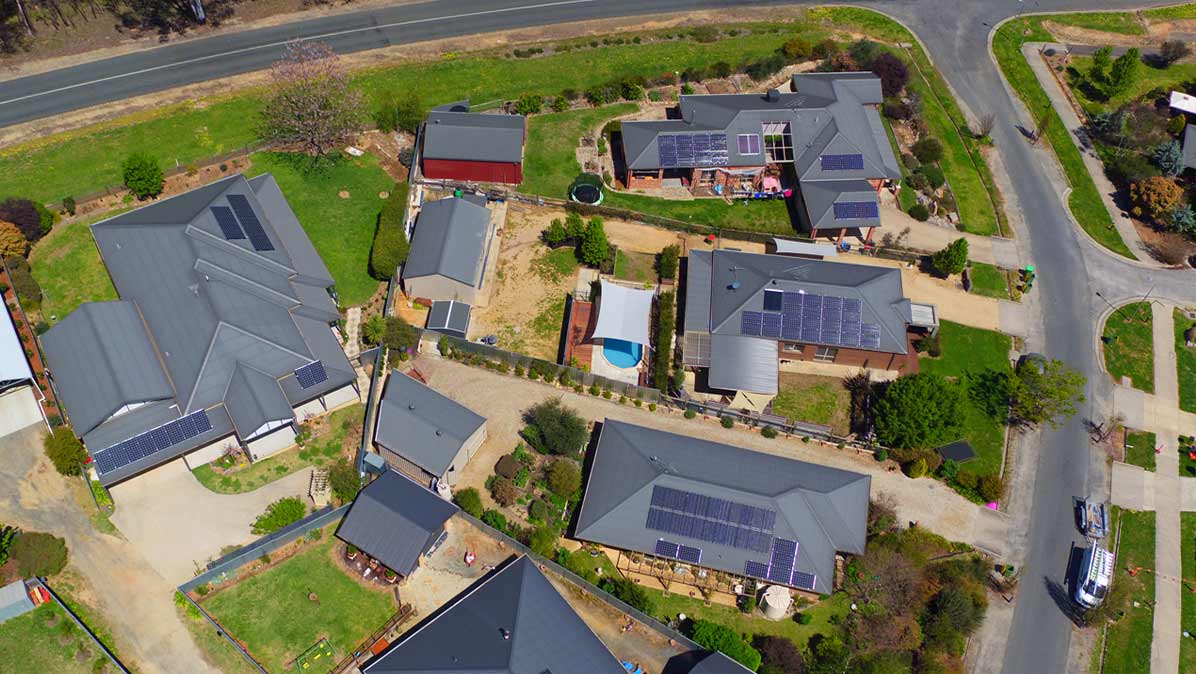
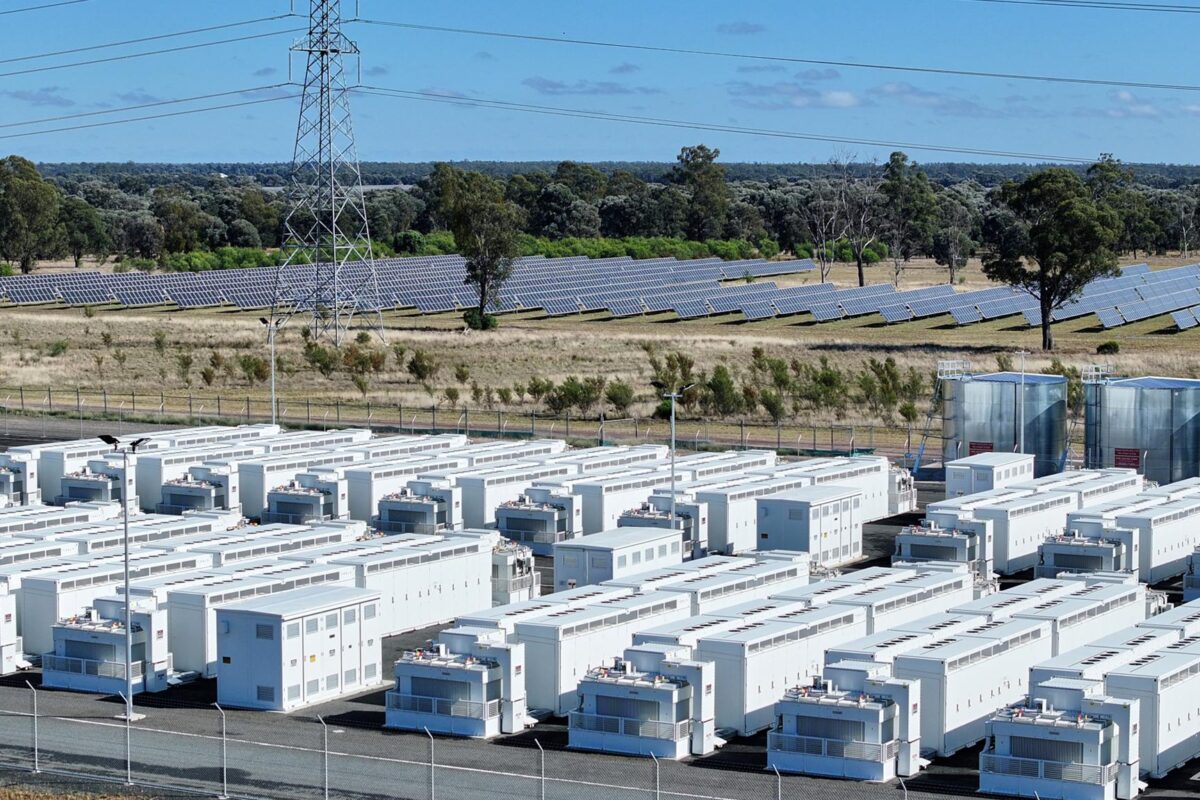



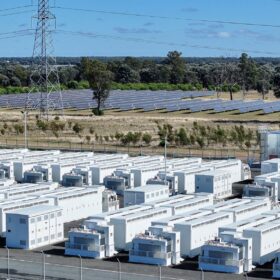
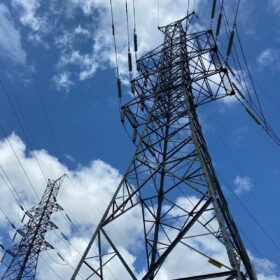
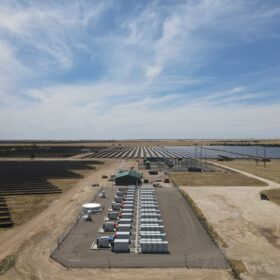
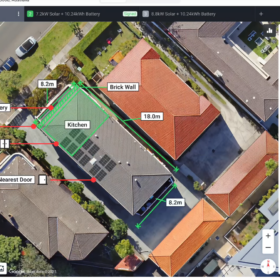
Here in NSW electricity companys just chop your power generation in the middle of the day, (in prime generating times) and put you back on when the demand decrees. Just great, the house holder pays to generate and the electricity providers pick and choose when they want your power. Wow virtual power on demand and the house holder gets screwed “AGAIN”. Your best solution is wait till batteries actually are priced to reason and you suck up the power and limit what they can take.